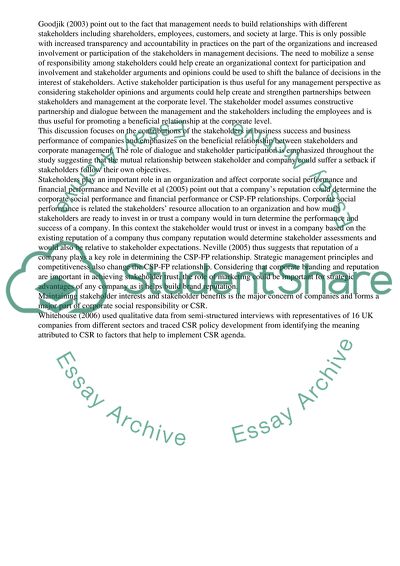Cite this document
(Relationship Building with Stakeholders as the Most Important Part of Term Paper, n.d.)
Relationship Building with Stakeholders as the Most Important Part of Term Paper. Retrieved from https://studentshare.org/management/1504540-stakeholders
Relationship Building with Stakeholders as the Most Important Part of Term Paper. Retrieved from https://studentshare.org/management/1504540-stakeholders
(Relationship Building With Stakeholders As the Most Important Part of Term Paper)
Relationship Building With Stakeholders As the Most Important Part of Term Paper. https://studentshare.org/management/1504540-stakeholders.
Relationship Building With Stakeholders As the Most Important Part of Term Paper. https://studentshare.org/management/1504540-stakeholders.
“Relationship Building With Stakeholders As the Most Important Part of Term Paper”, n.d. https://studentshare.org/management/1504540-stakeholders.


